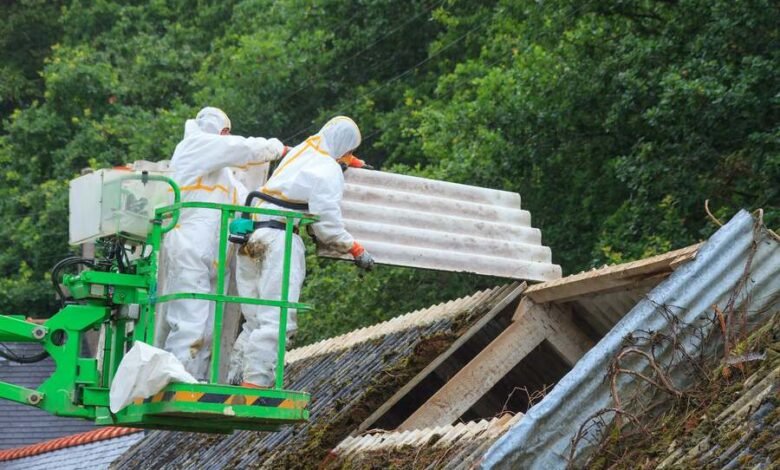
Asbestos, once a popular building material, is now recognized for its health hazards. Removing asbestos from both residential and commercial properties is crucial to ensuring a safe environment. This guide provides comprehensive information on understanding, identifying, and safely asbestos removal.
Asbestos is a group of naturally occurring fibrous minerals used in building materials for its durability and resistance to fire. However, when these fibres are airborne and inhaled, they can cause severe health issues, including lung cancer, mesothelioma, and asbestosis.
Identifying Asbestos in Your Property
Identifying asbestos in a property is not straightforward. Materials like ceiling tiles, insulation, and flooring from buildings constructed before the 1980s may contain asbestos. A professional asbestos survey in Bristol is a necessary first step in identifying and assessing the presence and condition of asbestos-containing materials (ACMs).
Legal Requirements
The removal of asbestos is heavily regulated. In the UK, the Control of Asbestos Regulations 2012 outlines the legal obligations for managing and removing asbestos. Property owners are responsible for ensuring compliance with these regulations to protect public health.
Professional Asbestos Removal Service
Selecting the right professional service for asbestos removal is vital. Look for certified and experienced professionals who adhere to safety regulations. They should provide a clear plan for removal, containment, and disposal.
Preparing for Asbestos Removal
Before the removal process begins, ensure the area is evacuated and secure. Professionals will typically seal off the area to prevent the spread of asbestos fibres.
Process
- Assessment and Planning: A detailed survey to identify ACMs and plan the removal process.
- Containment: Sealing off the area to ensure fibres do not escape.
- Removal: Safe extraction of the asbestos materials.
- Disposal: Proper disposal of asbestos waste in designated facilities.
Safety Measures
Safety is paramount during asbestos removal. Workers wear protective gear, and air quality is monitored continuously to prevent exposure.
Post-Removal Cleaning and Clearance Testing
After removal, thorough cleaning and air clearance testing ensure no asbestos fibres remain. This step is crucial for reoccupying the space safely.
Long-Term Management of Asbestos
In some cases, encapsulation—sealing asbestos in place—may be an alternative to removal. Regular monitoring and maintenance are required to ensure the safety of encapsulated asbestos.
Conclusion
Removing asbestos is a critical step in ensuring a safe environment in both residential and commercial properties. By understanding the risks, legal requirements, and removal process, property owners can take informed steps to protect occupants’ health.

